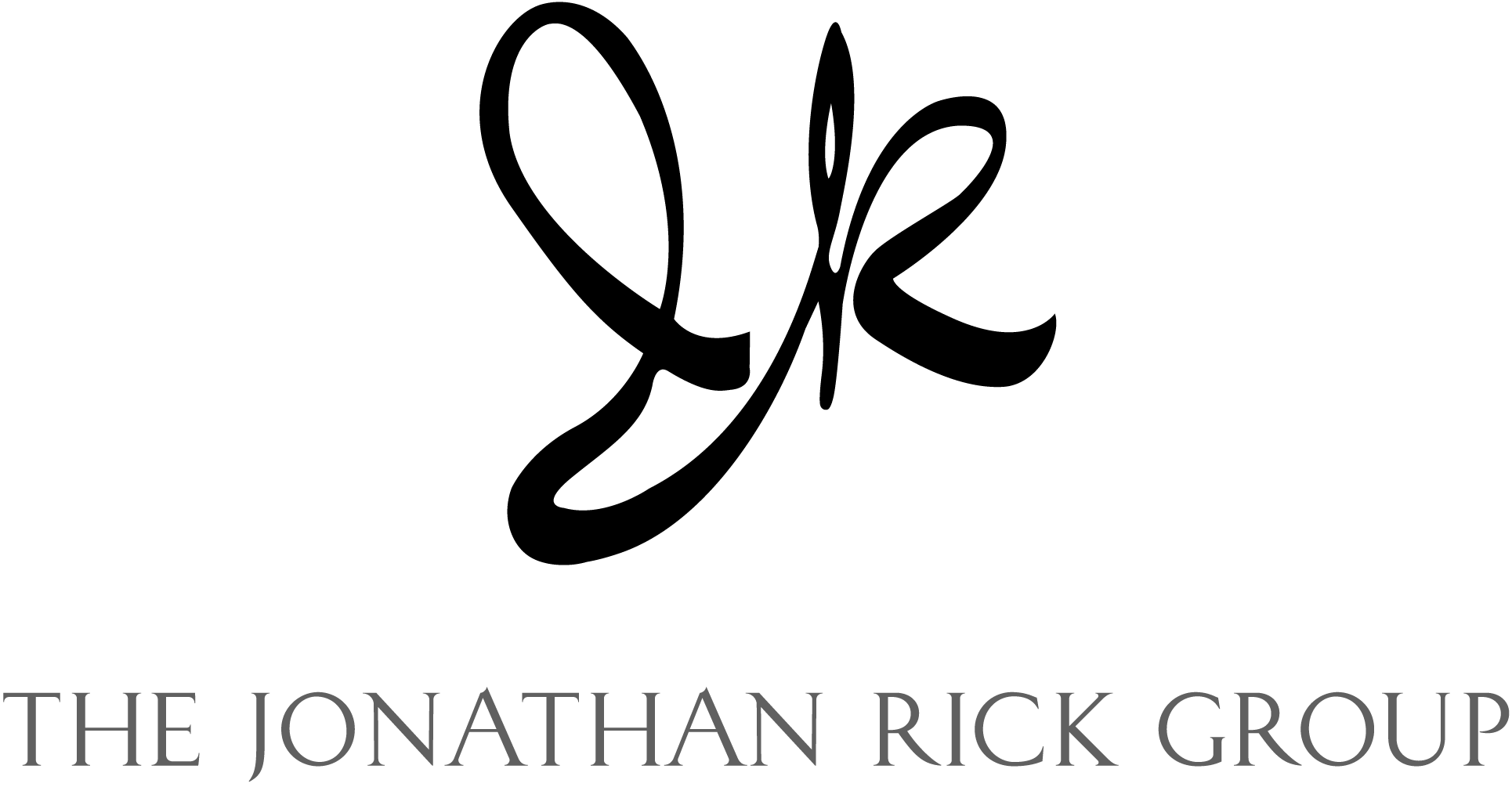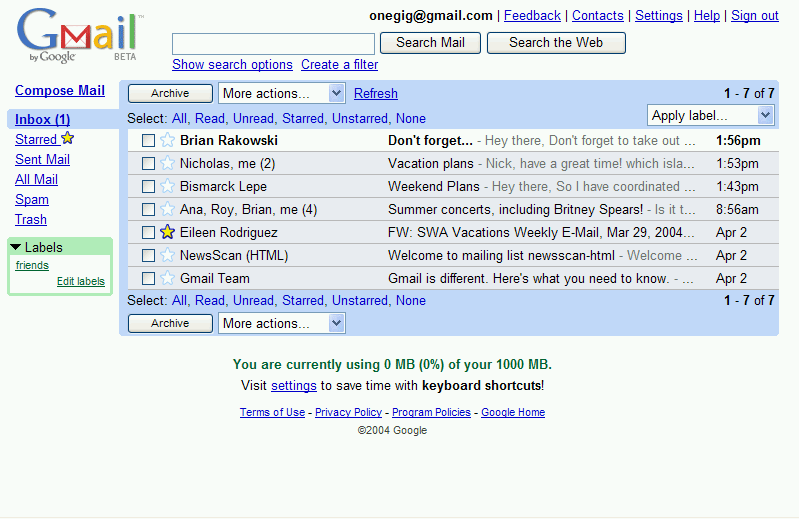One month ago, I posted some thoughts on the pros and cons of communicating via e-mail. As promised, I’d like now to outline some best practices that have served me well (even if I’ve learned them the hard way).
Granted, some of these are idiosyncratic, so if you disagree or have additional insights, definitely please let me know.
1. Reply to the Same E-mail
When responding, reply to the original e-mail rather than starting a new one. This way, you minimize confusion about what the original e-mail said, and the correspondence is contained in a single document, which makes everything easy to reference later.
2. Say “Hello”
Because we send so many e-mails today, it’s tempting to skip small chat and get right to the point. Yet while concision is commendable, being impersonal can often be perceived as being impolite. For this reason, I always begin e-mails with the recipient’s name, or at least a salutation. Compare receiving the message, “How’s XYZ coming along?” to “Hey Jill: How’s XYZ coming along?” This small courtesy acts as a cushion, buffering the professional with a touch of the personal.
3. Follow-Up With Poise
When to follow-up with someone is, in my opinion, the thorniest issue. Do you wait one day, one week, one month? There’s no right answer here—as always, context is king, and patience is a virtue—but I’ve found that follow-ups are most effective when they include two things: (1) Recognition that your recipient is busy, and (2) A one-sentence summary of what you need.
4. Be Careful Who You CC
CCing someone’s boss is a good way to get that person’s attention. It’s also a bad way to establish rapport.
5. Introduce Someone You’re CCing
Has this ever happened to you? You’re talking to someone at a party. Another person approaches you both, listens for a minute, and comments when there’s an opening. What makes this encounter appropriate is that at some point the third party usually introduces himself. By contrast, when we send e-mail, it’s common to CC people whom the recipient has never heard of. Isn’t this a bit rude? Is it so cumbersome to introduce the parties (“By the way, I’m CCing Julia and Cal, our VP and SVP of government relations”)?
6. Forward, Don’t BCC
Instead of BCCing, forward the given e-mail after you send it. This way, the BCCed recipient can’t “reply to all,” which sometimes happens, thus nullifying the “blindness” of the carbon copy.
6. Err on the Side of Elaboration
Perhaps the biggest gripe against e-mail is that it lacks nuance and emotion; it’s difficult to discern tone and body language on a computer screen. This is true, but these obstacles can be overcome in the fingers of a skilled communicator. Consider the standard reply, “Ok.” Does it mean “Whatever,” or “Good to go”? Without really knowing the sender, it’s a tough call. By contrast, a little chattiness—“Not wild about this, but in the interest of making progress, let’s do,” or “Great idea. Go for it”—goes a long way. Thus, to avoid misunderstanding, err on the side of elaboration.
7. Limit Each E-mail to One Issue
In the interest of receiving a decisive response, try to limit each e-mail to a single issue, rather than using the opportunity to cram several questions into a single message. This is not a rigid rule, but it’s been my experience that even when you present a numbered list, people still overlook things.




